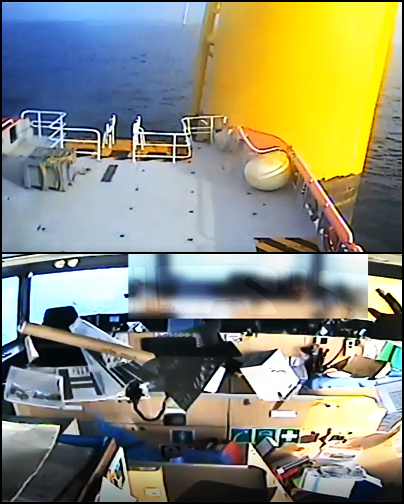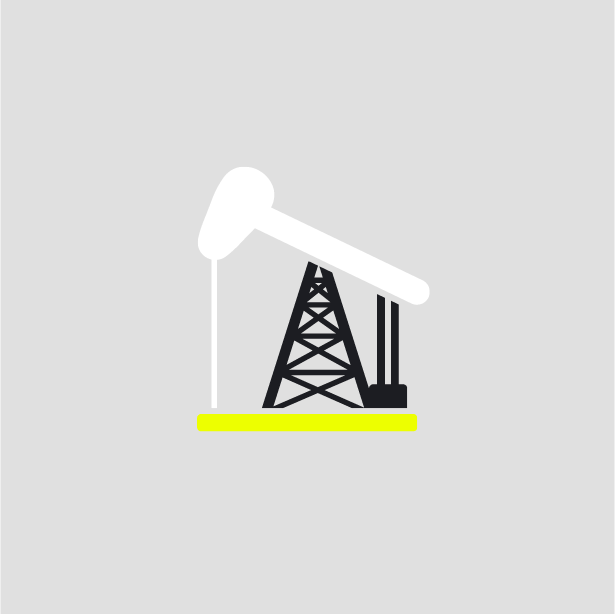-
What happened?
A vessel was returning to port after daily operations.
During transit, the vessel collided with a wind turbine tower situated on the adjacent wind farm to the one that the vessel was returning from.

-
Why did it happen?
There was no effective lookout for a period before the impact.
The tide had taken the vessel off its intended course, far out of its lane and close to the adjacent wind farm.
The master was distracted – the investigation was not conclusive on the distraction, but it is thought that the master was adjusting the settings on the radio at the time of the incident.
Offshore wind operations are always in areas of high navigational hazards. This ‘risk normalisation’ reduces concern and can lead to complacency.
It is easier to become distracted when we are complacent and/or tired.

-
What did they learn?
Maintain a proper lookout at all times by sight, view and all available means.
Increase lookout to two persons during high speed transit (>10 knots).
Utilise your crew to assist in highlighting perceived hazards.
Use the navigational aids at your disposal:
- chart plotter (off track limits/cross track error)
- radar (guard zones)
Master and crew should minimise distractions at all times and follow company procedures.

-
Ask yourself or your crew
What measures do we have in place to prevent something similar from happening when our vessel is in transit (e.g. adequately trained crew member/s maintaining a lookout at all times, increasing lookout during high speed transit)?
What is your role in maintaining a proper lookout?
What distractions might prevent us from having an effective lookout? How can we minimise distractions (e.g. by changing how we work)?

Add to homescreen
Content name
Select existing category:
Content name
New collection
Edit collection
What happened?
A vessel was returning to port after daily operations.
During transit, the vessel collided with a wind turbine tower situated on the adjacent wind farm to the one that the vessel was returning from.

Why did it happen?
There was no effective lookout for a period before the impact.
The tide had taken the vessel off its intended course, far out of its lane and close to the adjacent wind farm.
The master was distracted – the investigation was not conclusive on the distraction, but it is thought that the master was adjusting the settings on the radio at the time of the incident.
Offshore wind operations are always in areas of high navigational hazards. This ‘risk normalisation’ reduces concern and can lead to complacency.
It is easier to become distracted when we are complacent and/or tired.
What did they learn?
Maintain a proper lookout at all times by sight, view and all available means.
Increase lookout to two persons during high speed transit (>10 knots).
Utilise your crew to assist in highlighting perceived hazards.
Use the navigational aids at your disposal:
- chart plotter (off track limits/cross track error)
- radar (guard zones)
Master and crew should minimise distractions at all times and follow company procedures.
Ask yourself or your crew
What measures do we have in place to prevent something similar from happening when our vessel is in transit (e.g. adequately trained crew member/s maintaining a lookout at all times, increasing lookout during high speed transit)?
What is your role in maintaining a proper lookout?
What distractions might prevent us from having an effective lookout? How can we minimise distractions (e.g. by changing how we work)?
A vessel was returning to port after daily operations. During transit, the vessel collided with a wind turbine tower.












